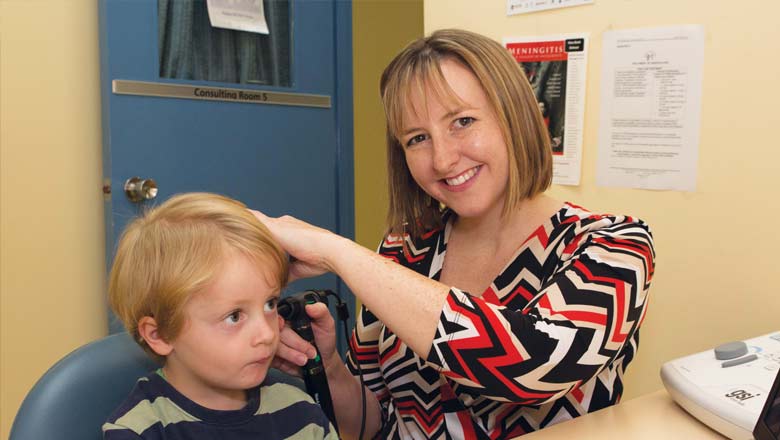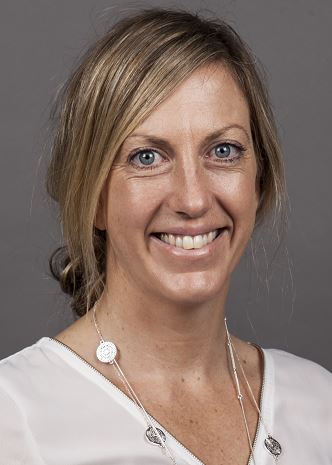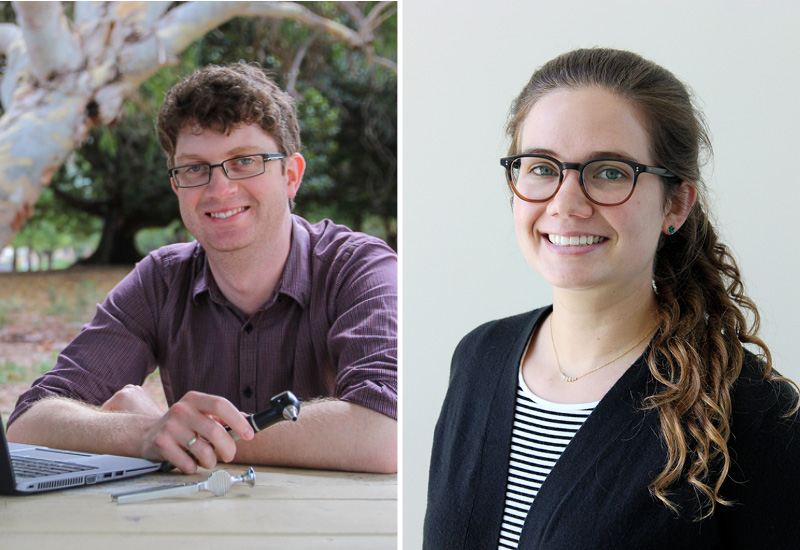Search
Research
Does mum know best? Should we be vaccinating mothers to protect their babies from ear and lung disease?Elke Lea-Ann Ruth Peter Seppanen Kirkham Thornton Richmond BSc PhD PhD PhD MBBS MRCP(UK) FRACP Program Manager, Bacterial Respiratory Infectious

News & Events
A new job for a specialised drugThe Kids is investigating whether a cystic fibrosis medication may be the answer to ear infections, reducing the need for antibiotics and surgery.
Research
Predominance of nontypeable haemophilus influenzae in children with otitis mediaIn Australia the 7-valent pneumococcal conjugate vaccine (PCV7) is administered at 2, 4 and 6 months of age, with no booster dose.
Research
Evidence of maternal transfer of antigen-specific antibodies in serum and breast milk to infants at high-risk of S. pneumoniae and H. influenzae diseaseChildren in low-mid income countries, and First Nations children in high-income countries, experience disproportionately high rates of Streptococcus pneumoniae and Haemophilus influenzae infections and diseases including pneumonia and otitis media.
Research
Topical versus systemic antibiotics for chronic suppurative otitis mediaTo assess the relative effectiveness of topical versus systemic antibiotics for people with chronic suppurative otitis media
Research
Aural toilet (ear cleaning) for chronic suppurative otitis mediaTo assess the effects of aural toilet procedures for people with chronic suppurative otitis media
Research
Panel 4: Recent advances in understanding the natural history of the otitis media microbiome and its response to environmental pressuresAdvances in understanding bacterial dynamics in the upper airway microbiome are driving development of microbiota-modifying therapies to prevent or treat disease
Research
Aural toilet (ear cleaning) for chronic suppurative otitis mediaChronic suppurative otitis media (CSOM), sometimes referred to as chronic otitis media (COM), is a chronic inflammation and often polymicrobial infection (involving more than one micro-organism) of the middle ear and mastoid cavity, characterised by ear discharge (otorrhoea) through a perforated tympanic membrane.


News & Events
The Kids researchers named as finalists in 2020 Premier’s Science AwardsTwo The Kids Research Institute Australia researchers have been named as finalists in the 2020 Western Australian Premier’s Science Awards.
